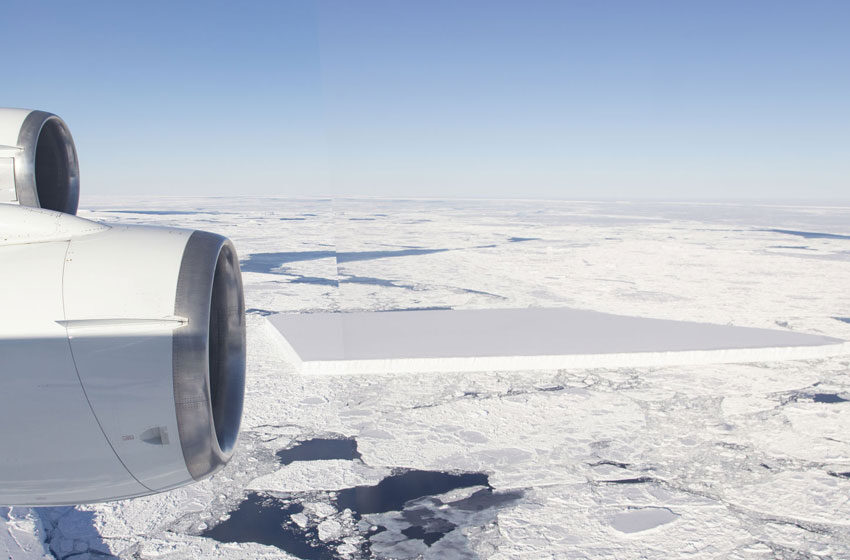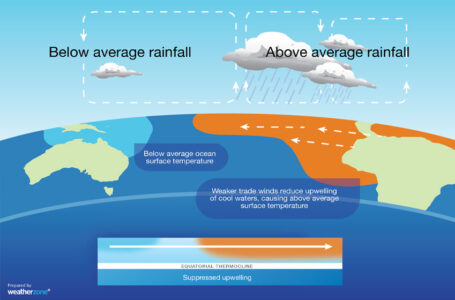NASA Releases Pictures Of Perfect Rectangular Iceberg

A picture released by NASA has left both the scientific and geological communities stunned. It shows a clean-cut rectangular iceberg making its way floating in the Weddell Sea which is located just off Antarctica. According to NASA, the iceberg has very sharp angles but a flat surface which could mean that it has broken off recently from an ice shelf. What is surprising is that the ocean waves have not been able to wear down the pointy edges.
Where was it spotted?
The picture was clicked by a group of scientists who were aboard a NASA research plane. However, this iceberg is not first of its kind. This structure is rare, but not a miracle. They are called tabular icebergs because of the flat and long shape. They split away from ice shelves along the edges, and hence get the unique shape. According to glaciologist, Kelly Brunt, the formation can be compared to an overgrown fingernail which cracks off when it grows to be too long.
The geometrical shape of the iceberg photographed by NASA stands out because it almost resembles a square. This iceberg was born from the Larsen C ice shelf located on the Antarctic Peninsula. The picture does not provide accurate scaling, but experts have concluded that the iceberg runs almost 1.6km across, and only 10 per cent of its actual mass is visible above the ground.
NASA released even more pictures of the iceberg later on when the Internet went into a tizzy because of the initial release. According to Jeremy Harbeck from NASA, he had no intention of clicking pictures of the rectangular iceberg when they were flying over the Larsen C Ice Shelf. He changed his mind, however, when he saw the view of the iceberg from above. Since it looked interesting, he ended up taking some shots anyway.
 Details of the operation:
Details of the operation:
NASA organised this flyover aerial survey for its Operation IceBridge which is a study and evaluation of the changes in Antarctica’s ice shelves. The objective is to create a three-dimensional map that will trace the ice at both poles.
Jefferson Beck from NASA observed that the monolithic iceberg was spotted at the following coordinates roughly: 66°52’45.5″S 59°52’55.2″W. NASA began to pay special attention to the Larsen C ice shelf when a trillion-ton iceberg separated from it last year.
The shelf is crumbling, and this rectangular iceberg might just be one of many. The icebergs which are breaking off from Larsen C are massive and have linear features as they created from the rifts running across the ice shelf. Larsen A and Larsen B collapsed in 1995 and 2002 respectively, and it seems that Larsen C is far from stable at this point.
Nature and perfect angles:
Nature has been known to create perfect angles from time to time. For example, minerals tend to grow and break at sharp and precise angles. Calcite and pyrite are popular for having perfect edges. However, the creator is also the destroyer. Rough winds and waves wear down the edges over time giving a more rounded shape.

 Details of the operation:
Details of the operation:



